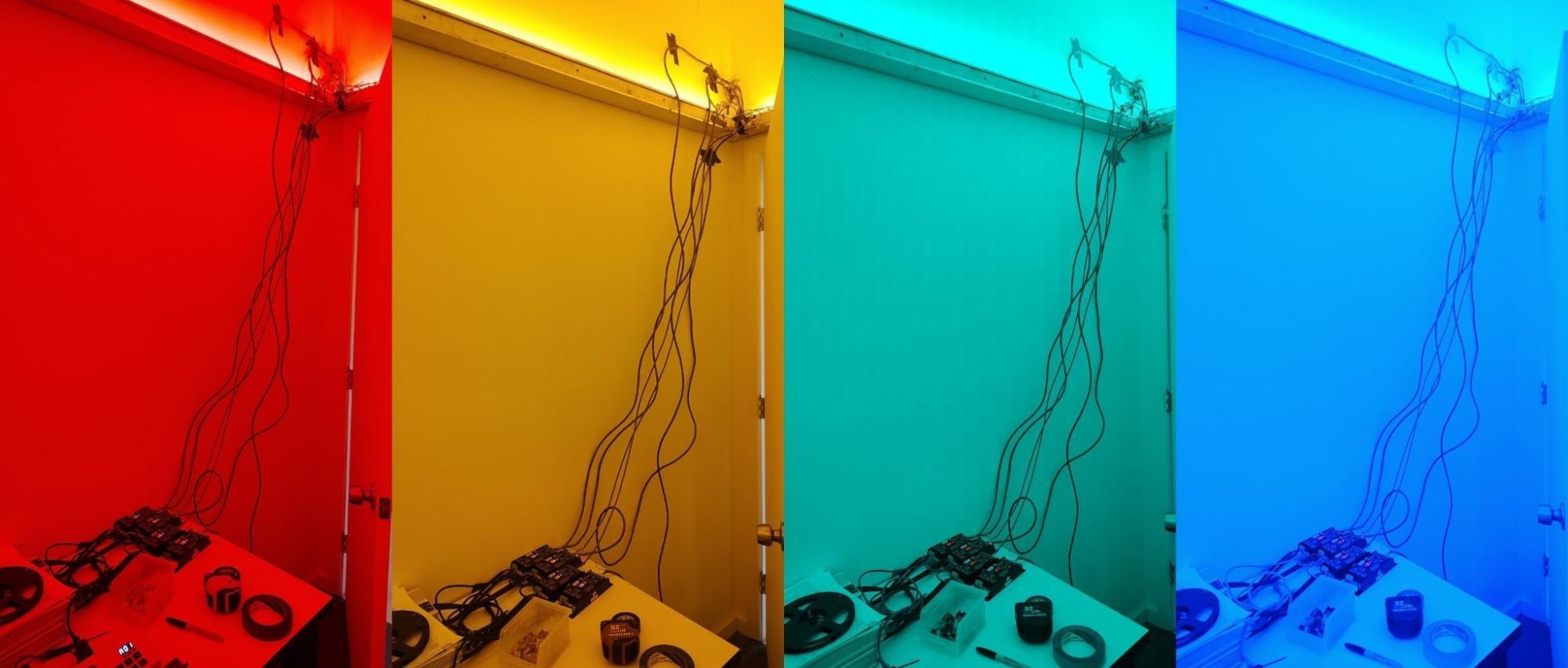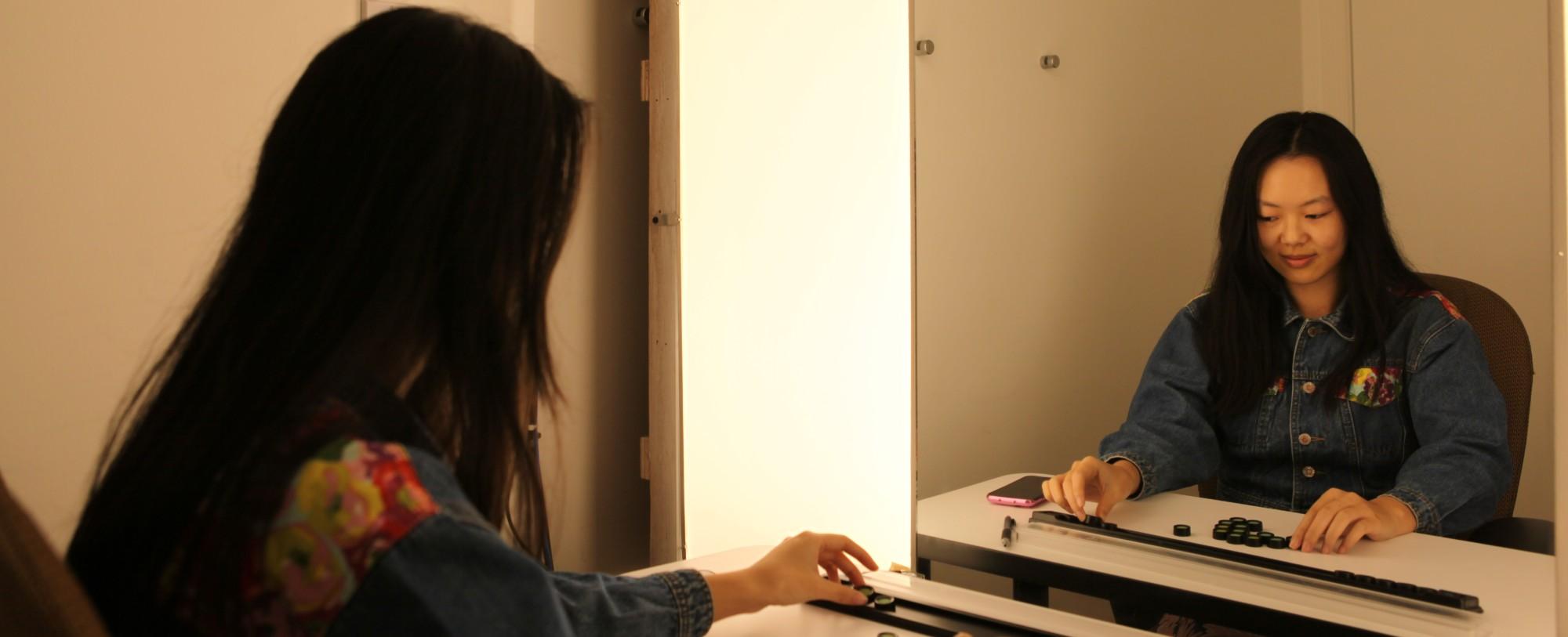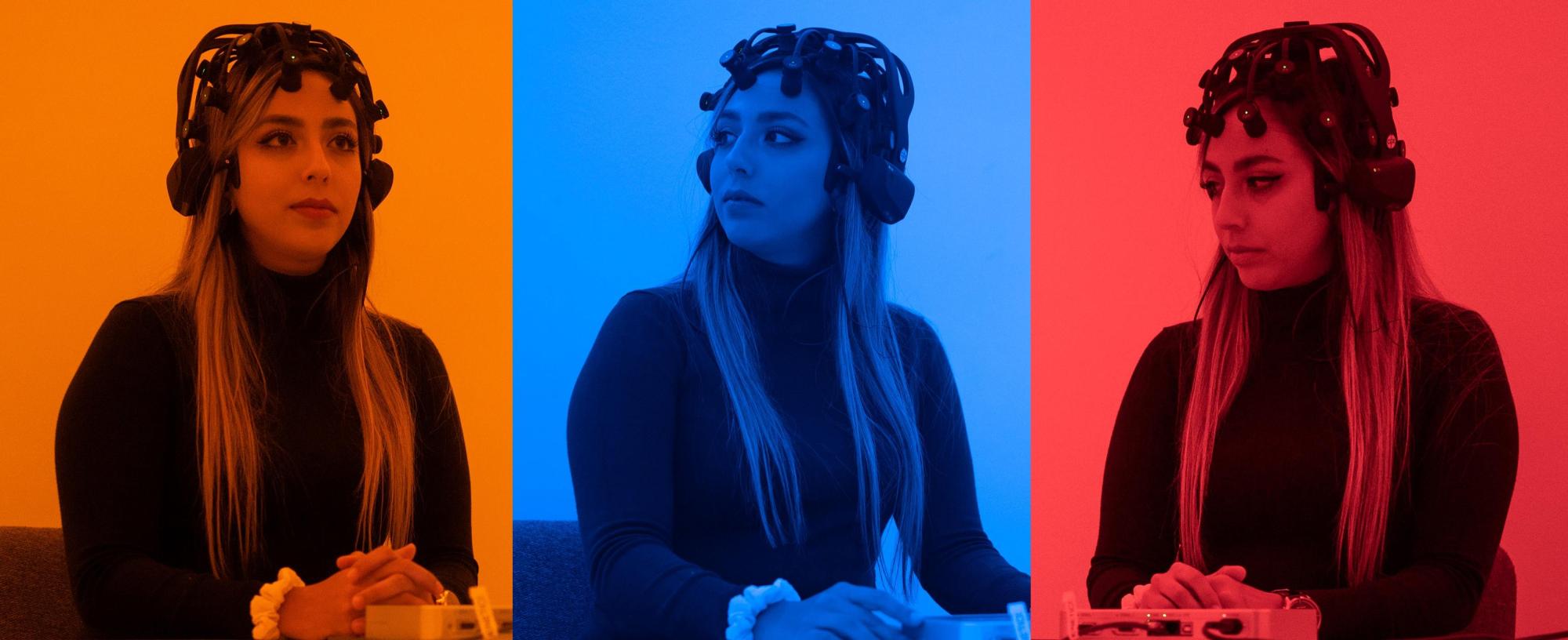CLTC is engaged in a variety of projects and activities. All encourage innovation and advance the development and commercialization of lighting and control technologies. From market assessment to lab testing and prototyping, CLTC helps next-generation solutions become market-ready and commercially available more quickly. Education and outreach efforts at the center include UC Davis courses in lighting design and daylighting, as well as a variety of workshops and resources for professionals and the general public. CLTC also partners with policy makers, utilities and regulators to help improve standards and broaden the use of best practices.







